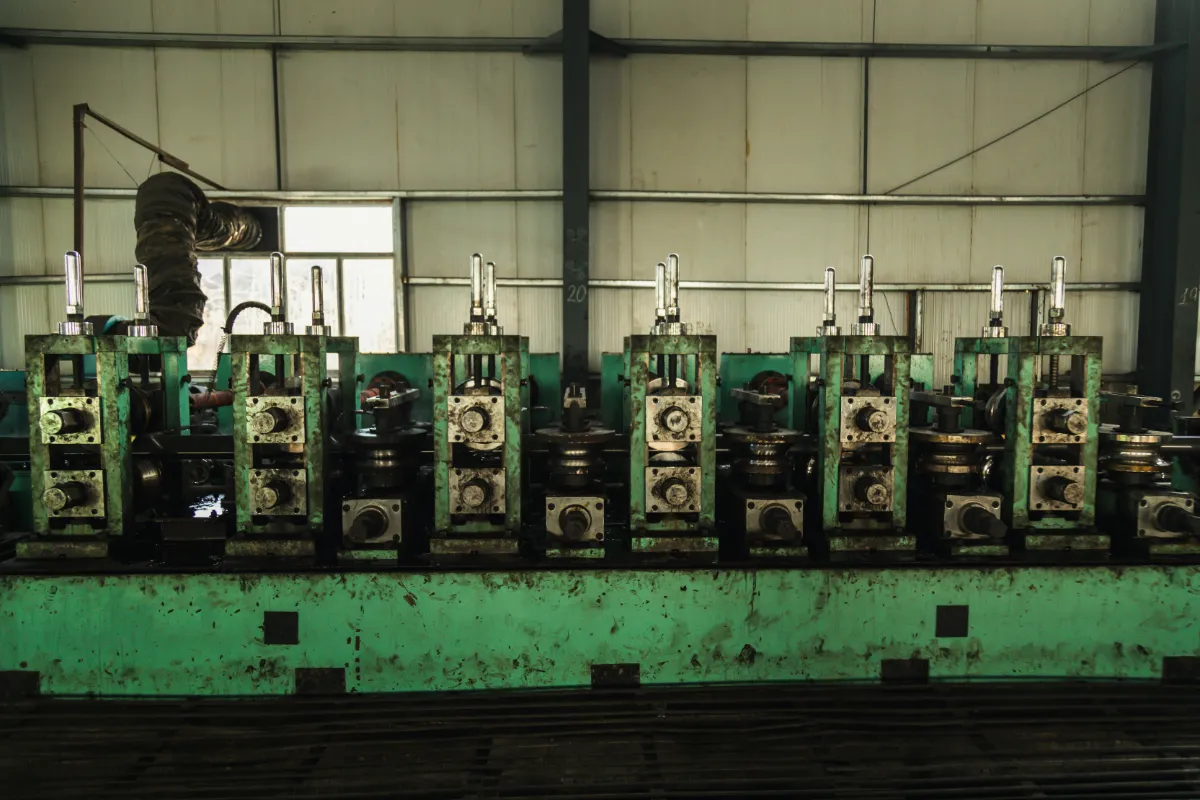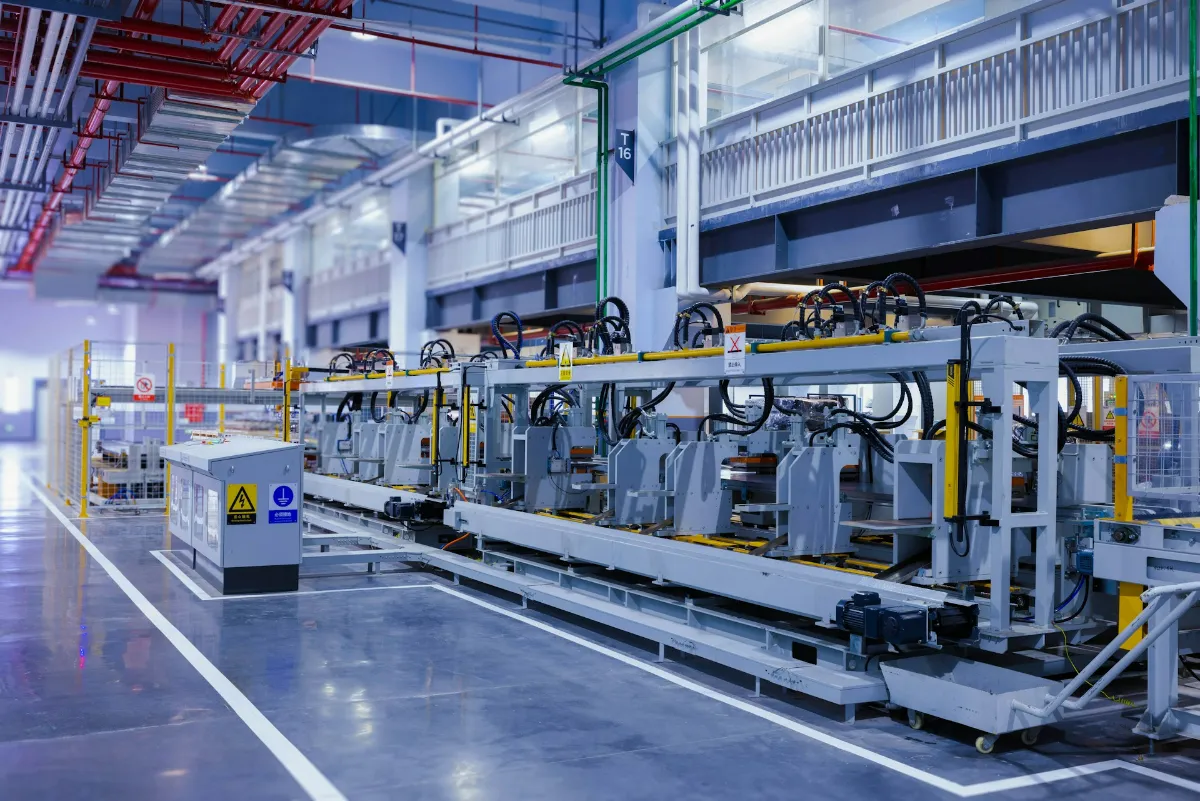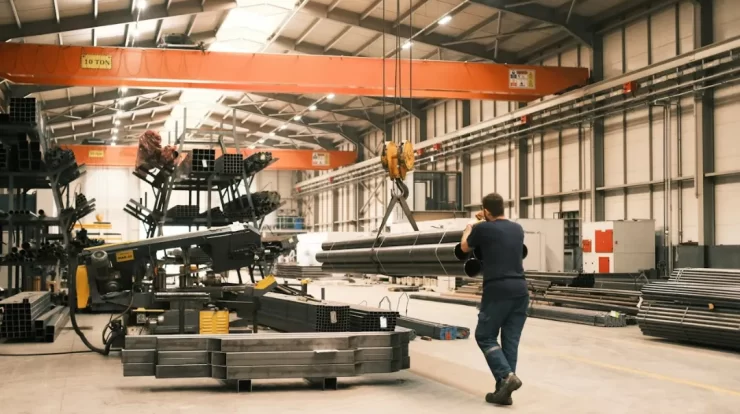
Let me take you back a few years. I was consulting for a manufacturing company that was struggling to scale operations. They had grown fast, but their IT systems? Well, they were stuck in the ’90s. Their inventory software was a clunky DOS-based application, and their financial systems barely communicated with each other. It took hours- sometimes days- whenever they wanted to generate a sales report.
Sound familiar?
Many businesses today face the same dilemma. Their legacy systems, built decades ago, still hold critical business functions together. These systems have been patched over time but were never designed to support modern automation. Integrating automation into such outdated infrastructures can feel like trying to charge a smartphone with a rotary phone cable—frustrating and seemingly impossible.
But here’s the thing: it’s not impossible. It’s challenging, but with the right approach, you can bring legacy systems into the future without tearing everything down. Let’s explore how.
Contents
- What Are Legacy Systems and Why Do They Persist?
- Reasons Legacy Systems Stick Around:
- Why Integrate Automation into Legacy Systems?
- Common Challenges in Automating Legacy Systems
- Strategic Approaches to Integration
- Choosing the Right Automation Tools
- Technological Solutions
- Best Practices for Seamless Integration
- Case Studies
- FAQs
- Conclusion
- Business Automation Previous Articles
What Are Legacy Systems and Why Do They Persist?
Legacy systems are those old but essential IT systems that companies have relied on for years. They could be outdated software running on obsolete hardware, custom-built solutions that no one dares to touch, or even old mainframes that still process thousands of transactions daily.
So why do businesses hold on to these dinosaurs?
Reasons Legacy Systems Stick Around:
| Reason | Explanation |
| High Replacement Cost | Upgrading can cost millions in resources, time, and training. |
| Risk of Downtime | Critical operations depend on these systems; downtime could be disastrous. |
| Complex Customization | Over time, systems were customized to the point where replacement feels risky. |
| Compliance Constraints | Regulations bind industries like finance and healthcare. |
| Lack of Alternatives | No off-the-shelf software fits their exact needs. |
Take banks, for example. Many major banks still use COBOL-based systems, some dating back to the 1960s! Replacing them would be like performing open-heart surgery while running a marathon.

Why Integrate Automation into Legacy Systems?
Discover the transformative power of automation. Imagine reducing manual data entry by 80% or cutting processing time from hours to minutes. Automation can breathe new life into sluggish systems by handling repetitive, error-prone tasks, making your business more efficient and competitive.
Let’s revisit my manufacturing client. After assessing their systems, we introduced Robotic Process Automation (RPA) to handle purchase orders. Instead of employees manually entering data, bots dealt with the task 24/7. The result? Processing time dropped by 60%, and errors practically vanished. That’s the relief automation can bring—even to outdated systems, turning seemingly insurmountable challenges into manageable tasks.
Failing to modernize, on the other hand, can be costly.
- Rising maintenance and support costs
- Missed business opportunities due to slow operations
- Inability to adapt to market changes or new regulations
- Increased cybersecurity risks
Automation doesn’t just make things faster—it makes businesses more competitive.
Common Challenges in Automating Legacy Systems
Of course, the journey to automation is not without its hurdles. Automating legacy systems comes with its own set of unique challenges, each one a puzzle to be solved on the path to modernization.
Key Challenges:
- Technical Debt: Years of patches and quick fixes make integration messy.
- Data Silos: Legacy systems don’t always play well with others.
- Security Risks: Outdated security protocols are vulnerable to cyberattacks.
- Lack of Documentation: Original system architects may have retired (or, worse, disappeared).
- Compliance Issues: Regulatory standards can restrict how data is handled or transferred.
I once worked with a logistics company that didn’t have any documentation for their inventory system. Integrating automation without breaking anything was like defusing a bomb blindfolded.
Strategic Approaches to Integration
So, how do we tackle these challenges? Not by bulldozing legacy systems but by being strategic. This strategic approach should reassure you that integration is not a chaotic process but a well-planned and methodical journey.
Assessing Legacy System Readiness for Automation
Before proceeding, you must assess your system’s health. This means analyzing system architecture, identifying weak spots, and mapping out data flows.
Key Assessment Questions:
- Can the system support APIs or middleware?
- Are there any security vulnerabilities?
- How scalable is the current infrastructure?
So, how do we tackle these challenges? The answer is not to bulldoze legacy systems but to be strategic. A phased integration roadmap is like a well-planned expedition, helping to minimize disruption and ensure a smooth transition to automation.
Rome wasn’t built in a day, and neither is automation. A phased approach helps minimize disruption. Start with non-critical processes and gradually expand.

Phased Roadmap Example:
| Phase | Action |
| Phase 1 | Automate non-critical, repetitive tasks (RPA). |
| Phase 2 | Implement middleware for system communication. |
| Phase 3 | Gradually replace obsolete components. |
| Phase 4 | Fully integrate advanced automation (AI, ML). |
Choosing the Right Automation Tools
Not every tool fits every system. For legacy systems, lightweight and flexible tools work best.
- Robotic Process Automation (RPA): Great for automating UI-based tasks.
- Middleware Solutions: Bridges systems without heavy modifications.
- API Gateways: Enables data sharing between old and new systems.
Technological Solutions
Middleware Solutions: Bridging Legacy Systems and Automation
Middleware acts like a translator between systems. Instead of rebuilding from scratch, middleware enables smooth data exchange.
Popular Middleware Options:
- Enterprise Service Buses (ESB): Connects diverse systems.
- Integration Platform as a Service (iPaaS): Cloud-based integration.
Utilizing Robotic Process Automation (RPA) with Legacy Systems
RPA is a lifesaver. It automates tasks without changing the system itself. Bots mimic user actions like clicks and data entry. There are no risky code changes, just better efficiency.
Best Practices for Seamless Integration
Risk Mitigation Strategies:
- Backup Everything: Always have system backups.
- Test in Sandbox Environments: Simulate before going live.
- Monitor Performance: Regularly check system health post-integration.
Change Management:
Communicate with teams, offer training, and gather feedback. Automation isn’t just a tech change—it’s a cultural shift. This emphasis on change management should make you feel prepared and equipped for the transformation that automation brings.

Case Studies
Financial Industry Success Story
A major bank automated its customer onboarding process using RPA. Previously, the new account setup took days. Post-automation? Just a few hours. They saved millions in labor costs annually.
Manufacturing Sector
A global manufacturer integrated automation into its outdated ERP system. They started by automating inventory checks. Over time, they automated procurement and reporting, resulting in a 40% cost reduction.
FAQs
Conclusion
Legacy systems aren’t going away anytime soon. But that doesn’t mean they can’t evolve. By strategically integrating automation, businesses can extend the life of their existing systems, reduce costs, and stay competitive. Sure, it’s challenging. But with the proper roadmap, tools, and mindset, even the most outdated systems can become powerful engines of innovation.


